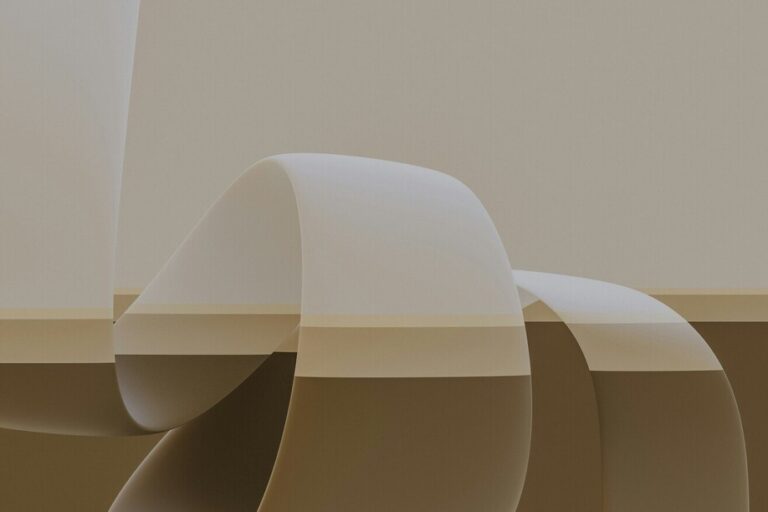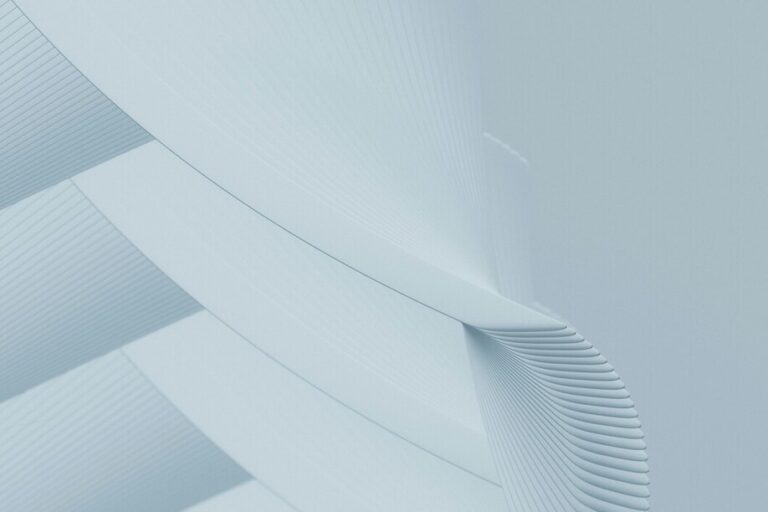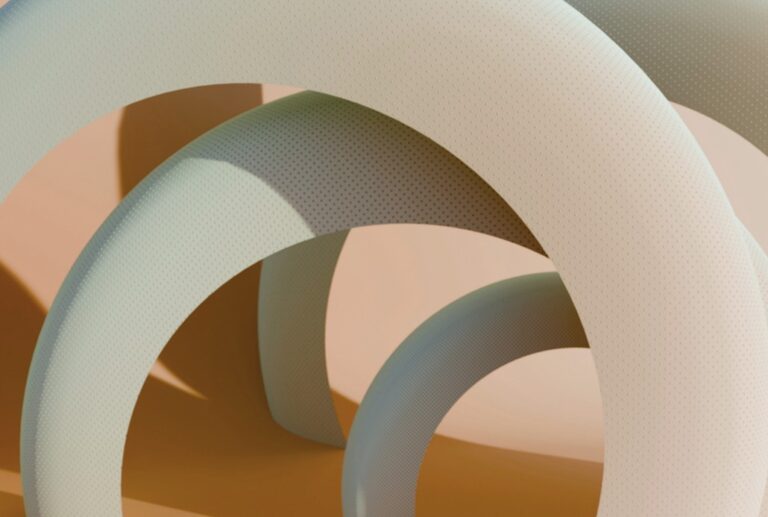While doing some window shopping, why is it so we sometimes cannot take eyes off some product but we do not see the other that is, perhaps hanging right beside the first one? How do we decide to buy specifically one particular model of cell phone, shoes, or a necklace when we are surrounded by so many of them?
Well, very often, we are unaware that a certain design of a product is actually the reason why we choose one product over another. In the modern world, where we are able to choose from so many products, why wouldn’t we choose the one with our favorite color or with the most practical shape? That leads us to the battle between the manufacturers: who will create the most desired object.
Designing a product, however, does not mean the end of work, since there is a great possibility of plagiarism. Unauthorized copying always causes harm to the designer, since the creation of the design is often related to very high costs. Furthermore, designers are innovators, and it is always challenging to create a product that consumers believe can improve their lives. Therefore, the last step in this process should be the protection of IP rights, and Intellectual Property Law plays a crucial role in regulating how designs are created, used, and protected.
Whereas in our blog post on Intellectual Property, we briefly glanced over copyrights, trademarks, and patents, in this blog post, we will focus on the key issues related to the notion of industrial design and its protection, with special attention to the procedural issues.
What do we mean by Industrial Design?
When we speak of industrial design, we think about the three-dimensional (for instance: an armchair or a car) or two-dimensional (an image, ornament etc.) appearance of the entire product or a part of it, defined by its features, in particular the lines, contours, colors, shape, texture and materials of the product itself or its ornamentation, as well as their combination.
Therefore, design can be applied to home and electrical appliances, sunglasses, aircraft, jewelry, watches, furniture, medical instruments, etc. It is important to emphasize that IP law protects the appearance of the product and not the product itself nor its function.
Industrial design belongs to the aesthetic field since it has an artistic value. However, the design has to be suitable for industrial applications, which means that it can contribute to the commercial value of the product. In other words, the design has to be reproducible by industrial means, which is why is called ‘industrial’. If the aesthetic nature prevails, this falls under a definition of artistic work that the author can protect by means of copyright.
Furthermore, industrial design plays a great role in marketing, since an attractive design can increase the sale. There is no doubt that a lot of products owe their success on the market to their catchy appearance. Consumers are heavily influenced by the appearance of the product and design is often crucial in their choice.
Moreover, the growing importance of designs in the marketplace causes a change in the perception of industrial design as the least important IP right. Therefore it is important to prevent competitors from unauthorized copying. You surely want your product to be that sparkling drop in the ocean that will attract customers.
People throughout history protected all kinds of products, from hairpins, flowerpots, or air-conditioners to street lamps and fountain pens. The National Database of Industrial Designs provides a possibility for conducting research of designs that have been registered since 1944. It is interesting that the very first protected product was a bandage, which was registered back in 1944.
Industrial Design Protection Process
Under the Law on Legal Protection of Industrial Design, there are two legal requirements that have to be fulfilled in order to obtain the protection: novelty and individual character. Your industrial design shall fulfill these requirements if no identical design was available to the public before the date of filing of the application for registration, or if there is no application previously filed requesting the registration of an identical industrial design.
Distinctiveness is present if your product has, for example, different shape, texture and flesh color in comparison with designs already known to the public.
On the other side, two industrial designs shall be considered identical if the informed user at first sight cannot distinguish them because they differ only in immaterial details. The informed user is commonly defined as a customer who is interested in that particular product and shows a certain level of attention when using it.
Under Serbian law, this procedure begins by filing an application for registration with the Intellectual Property Office (hereinafter: IP Office). The IP Office decides in an administrative procedure whether the registration of the right to the design shall be accepted. This decision is final and an appeal against it may be filed with the Government of the Republic of Serbia, which will decide in the second instance.
Who Can File the Application and to Whom?
The author or his legal successor, as well as the employer in cases defined by the Law, can file the application. This can be done in the Filling Office of the IP Office by mail or by hand. The IP Office shall enter the regular application in the Registry of Applications for Registration of Design Rights. Further, the D-number shall be assigned to that application with an exact filing date.
That date is extremely important since it represents the date of acquisition of the right of priority over all other persons who have subsequently filed an application for the same industrial design.
It is important to point out the special rules when the applicant has exhibited the design within three months before the date of filing of the application. In that case, the author may request the registration of the design right from the date of the first exhibition of the industrial design. It is a so-called exhibition priority right.
A duly filed application contains the following essential elements:
1) The request for the registration of the industrial design
2) Description of the industrial design
3) Graphic presentation of the industrial design
4) Proof of payment of the fee
The following step is the examination of the Section for Design and Indications of Geographical Origin which will once again examine whether the application is duly filed. If the application was not duly filed, the IP Office will send notice to the applicant and give the applicant an additional month to correct the application. The application will be rejected in the applicant fails to correct it within the given time frame.
When the application passes that first test, the IP Office will proceed to the next level of examination, which includes requirements of the novelty and individual character of the design. The IP Office will notify the applicant in writing if these requirements are not met in that case and will leave an appropriate time limit for the applicant’s response.
Finally, the application will be refused in case the applicant fails to respond or if the IP Office persists in its opinion despite the response. An appeal against this decision may be filed with the Government of the Republic of Serbia, which will decide in the second instance. However, if all requirements are met, the IP Office will notify the applicant of the duty to pay the fee for the registration in the time limit of 10 days.
By satisfying that last step, the applicant’s right will be entered into the Registry of Designs and the Certificate of Registration will be issued for that design.
By entering into the Registry of Designs the right shall be acquired and shall last for 5 years from the filing date of the application. The right may be prolonged and last for 25 years if the prescribed fees are paid.
Why Should You Protect Industrial Design?
The following advantages may be the reason why people decide to protect their design:
- The exclusive right to utilize the registered industrial design for commercial purposes and to deny such right to any third party without your permission;
- To have your name indicated in the registration application, all documents and Certificate of the industrial design;
- To enjoy economic benefits from utilization of the protected industrial design;
- To assign the right for the registered industrial design or for the right arising from the application, via an assignment agreement;
- To grant license for the right to use the registered industrial design or for the right arising from the application, via a license contract;
- To pledge the registered industrial design or the right arising from the application.
Industrial Design Protection: Key Takeaways
In this blog post, we focused on procedural issues regarding the registration of Industrial Design. The intention was to provide readers basic information and knowledge about the protection of industrial design and to show how important this protection is in practice.
On the other side, questions related to the decision on the merits were not governed by this text in detail, such as the issue when the two industrial designs shall be considered identical, or when the registration criteria are fulfilled.
Finally, the importance of industrial design protection was emphasized, inter alia, by Procter and Gamble (P&G), the world’s largest consumer products company:
“Creating iconic assets is a key part of how P&G creates memorable brand experiences for consumers around the world. IP protection is essential to the company in seeking to differentiate its brands in the minds of consumers.”
In conclusion, apart from the economic benefits, the industrial design protection will prevent you from one day seeing your own design in a window shop, signed by someone else, who did not put the effort, talent or investment into that creation.

























